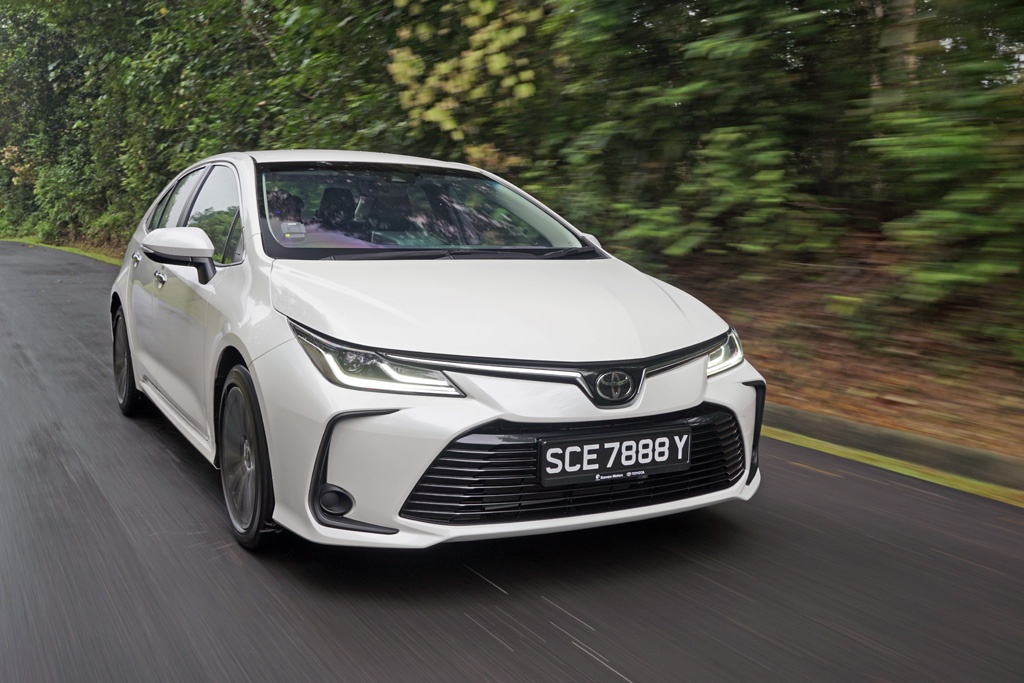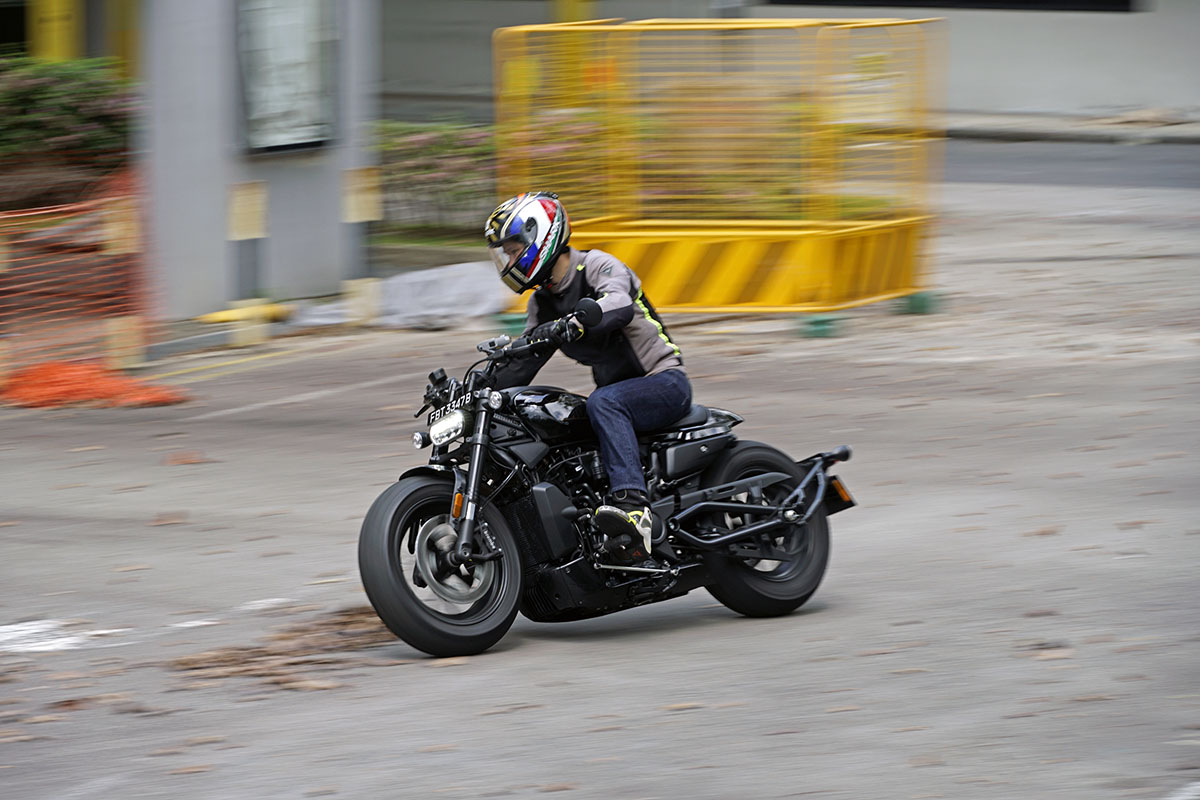CarBuyer’s Easy Guide to Certificates of Entitlement (COEs)

CarBuyer Team
13/05/2022
Confused by the ins and outs of Certificates of Entitlement (COEs)? Never fear, our handy guide is here to help you make sense of it all
Pictures: CarBuyer Team
Graphics: Jonathan Ng
SINGAPORE
TL:DR Summary: You need a COE to own and drive a car on the roads in Singapore. It’s a significant portion of the total price tag of a new car here. COEs are bidded for publicly twice a month and that determines their prices. You can bid for your own COE, but it’s probably easiest to let a dealer do the bidding for you.
What is a COE?

A Certificate of Entitlement (COE) in its literal form, is a piece of paper issued by the Land Transport Authority (LTA) which allows an individual/company/entity to own a vehicle in Singapore. Without a COE, you can’t drive a vehicle on Singapore’s roads.
However a COE doesn’t really exist – much like money in a bank account doesn’t exist until you withdraw it from an ATM. Its function is the important bit: without a COE you cannot own a motor vehicle, be it a passenger car, lorry, bus or motorcycle, in Singapore.
As each COE is pegged to an individual vehicle, the function of the COE system is to control the population of vehicles in Singapore. Simply put, one COE = one vehicle. To further control the vehicle population, each COE lasts for 10 years, after which you need to pay for a new COE, at prevailing rates, or otherwise get rid of the vehicle. Taxi COEs last for eight years, with the exception of electric-powered ones which have full 10-year COEs like private cars.
How do I get a COE?
Simply put, when you buy a car in Singapore the price quoted to you is the ‘package price’, which includes the car and the COE.

A ‘non-guaranteed COE package’ means the dealer will attempt to bid for your COE at a certain price (dictated by them), and if they’re unsuccessful after X attempts (X is listed in the terms and conditions) you may be required to top-up a little to get a COE, typically a few thousand or less. A guaranteed COE package means you pay a little more, but the dealer will die-die get the COE for you by the end of the agreed period.
That’s it for most casual car buyers here. If you don’t want to know the entire process, and it can be daunting, you can stop here.
What is the quota?

If each COEs means one vehicle, the quota is simply how many new COEs/vehicles the LTA will allow on the roads for a certain period. In the past, the quota was announced yearly, then half-yearly – now it’s every three-months.
According to the LTA, the calculation of vehicle quota is determined by the actual number of vehicles taken off the roads (i.e. number of vehicles deregistered), meaning that it is effectively a one-in-one-out policy. There used to be a small allowance for vehicle growth, but this was discontinued in 2018. LTA also periodically makes adjustments to the quota based on changes to the vehicle population in various sectors (taxis, commercial vehicles etc).
What are categories?
Each vehicle on the road belongs to a different COE category. For you, the average passenger car buyer in Singapore, only Category A, B, and E are relevant.
Category A – Internal combustion engine (ICE) passenger cars with engine capacities of 1,600cc and below and less than 97kW/130hp; electric cars with less than 110kW/147hp

Because of the stipulation for cars 1.6-litres and below, this category is usually seen as the mainstream or regular car category. While this was more clear-cut in the past, the increasing number of cars using small-capacity turbocharged engines has meant some premium models require a Cat A COE. From 2013, the LTA introduced a power cap for Cat A to keep ‘premium’ vehicles out of the ‘mainstream’ category. It’s still a nonsense move, we think.

In May 2022, the LTA decreed that electric cars with less than 147hp in power output will be classified under Cat A, a reflection of how electric cars, even ordinary mainstream models, tend to produce more horsepower than their combustion engine counterparts.
Category B – ICE passenger cars with engine capacities of 1,600cc and above, or with more than 97kW/130hp; electric cars with more than 110kW/147hp

As Cat A is seen as the normal car category, Category B is often seen as the premium car segment. Cat B is usually higher in price than Cat A, since buyers of premium vehicles can afford to spend more money and aren’t outbid so easily. Cat B usually has a smaller quota than Cat A too.
Category C – Commercial vehicles (CV)

This covers everything from delivery vans to flatbed trucks and heavy goods vehicles. It usually doesn’t concern passenger car buyers, although there have been cases where a high demand for CVs has encroached on Cat E demand and thus, price.
Category D – Motorcycles

Motorcycles are truly a category by themselves, since prices here are much less than the other categories. Motorcyclists can also only bid from this category, unlike the others which have the option of bidding in the Open Cat E, which is just as well as no sane motorcyclist would pay an exorbitant amount for a Cat E COE to register his two-wheeler.
Category E – Open Category except motorcycles

This is the most interesting category, since it can be used to register anything on wheels except for motorcycles, so theoretically you can see bidding action from any source. Most of the ‘overflow’ comes from the more affluent Cat B bidders. Also, a Cat E COE is unique in that it is transferable for up to three months – Cat A and B COEs must be bid for a certain vehicle registration plate and are non-transferable. Thus Cat E COEs can be bought by speculators looking to make a stock-market-like quick buck.
The Bidding System

The COE system works quite well in that it limits the ultimate vehicle population/growth of Singapore, which as we all know doesn’t have much space, but lets the market work out the prices to itself. COE prices are reached by what the LTA calls an Open-Bidding System.
COEs are bid for in two rounds each month, on every first and third Monday of the month. Bidding is open from Monday 1200h to Wednesday 1600h (4pm). Most car dealerships review their price lists after this, and the prices you see on CarBuyer.com.sg are as accurate as we can possibly get at time of publication in the case of the magazine, or the marketplace if online.
After bidding has ended, the price is decided by the number of bids and the amount bid. For example, if the quota for Cat A in a particular round is four and there are ten bidders, the last six bidders will be unsuccessful.
The four highest bidders are accepted, but the quota premium is the cheapest of the four. The quota premium (QP) is simply the price everyone will pay for a COE in that category for that round. A related term is Prevailing Quota Premium (PQP) which is the average of the prices for the past three month. PQP is what you pay to renew the COE for an existing vehicle after 10 years.
How does all this affect me?

It doesn’t really, unless you want to bid for your own COE, and the whole process is listed here on the LTA’s website.
CarBuyer strives to give you the latest news and updates about the COE system in Singapore, and you can check out our regular COE analysis pieces to help you make sense of it all every month. That aside, there are some basic principles to remember:
COE changes = price changes
Because you need a COE to own a car, the prices of COEs have a direct effect on the passenger car prices in the respective categories. If COE prices have gone up, so have car prices and vice versa.
Guaranteed or non-guaranteed?
As a car buyer, you’ll likely not have to bid for your own COE – your car dealer will do that for you as part of the whole package. There is a difference, though: if you paid the non-guaranteed price, you may be required to top-up the difference if COE prices happen to go through the roof. If you paid for a guaranteed package, the dealer will absorb the price difference.
COE prices are reactive
Once COE prices are in print, keep in mind that it’s yesterday’s news, in a sense, because it reflects the market behaviour of the round that just passed. As with any normal market situation, prices go up and demand goes down, or vice versa. Generally speaking, if COE prices have gone up this round, they will likely go down on the next.
Can I own a car without a COE?

Yes, it’s possible to own a car without a COE, but it cannot be driven on Singapore’s roads and you must obtain approval from the LTA beforehand. Usually this involves proving that you have a place to store the vehicle – a carpark does not count, but a bonded warehouse does.













 on the go
on the go





